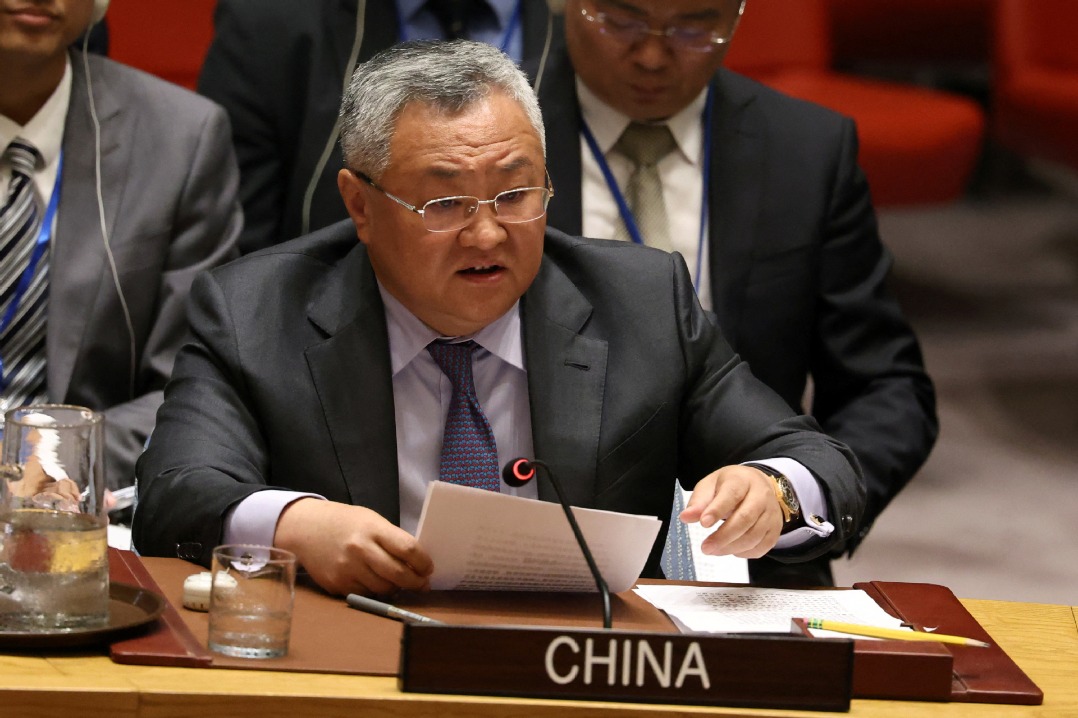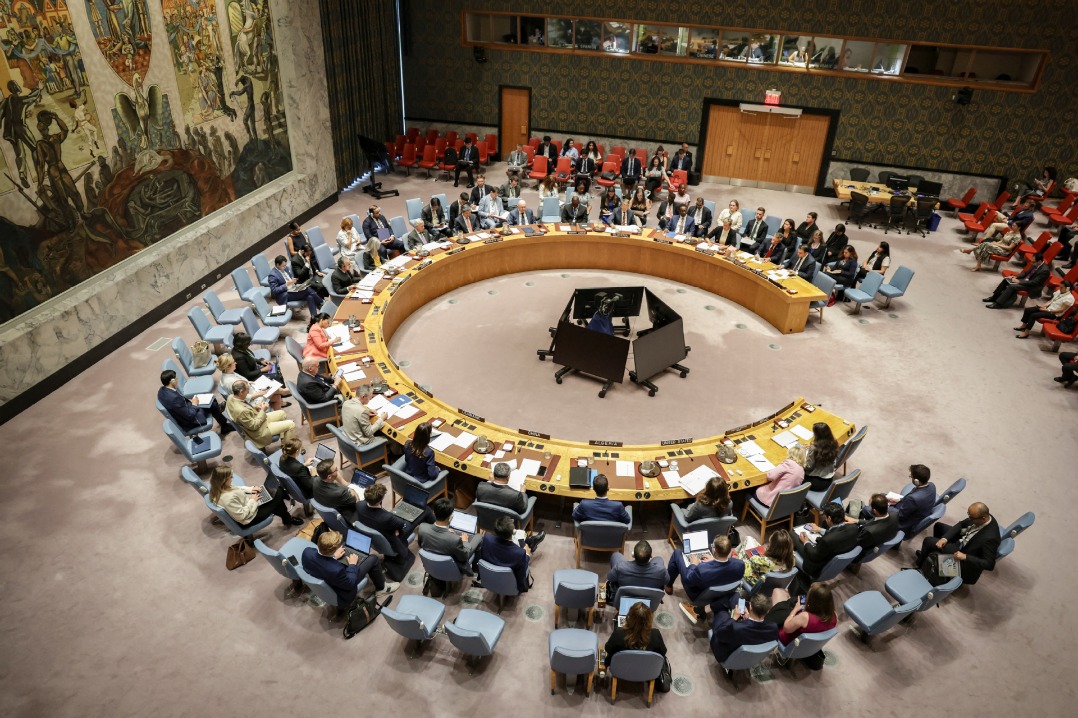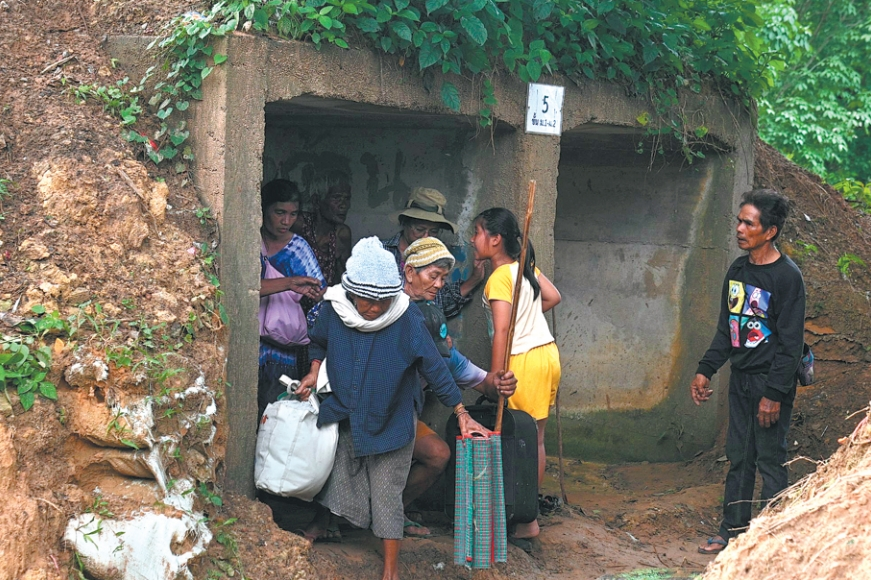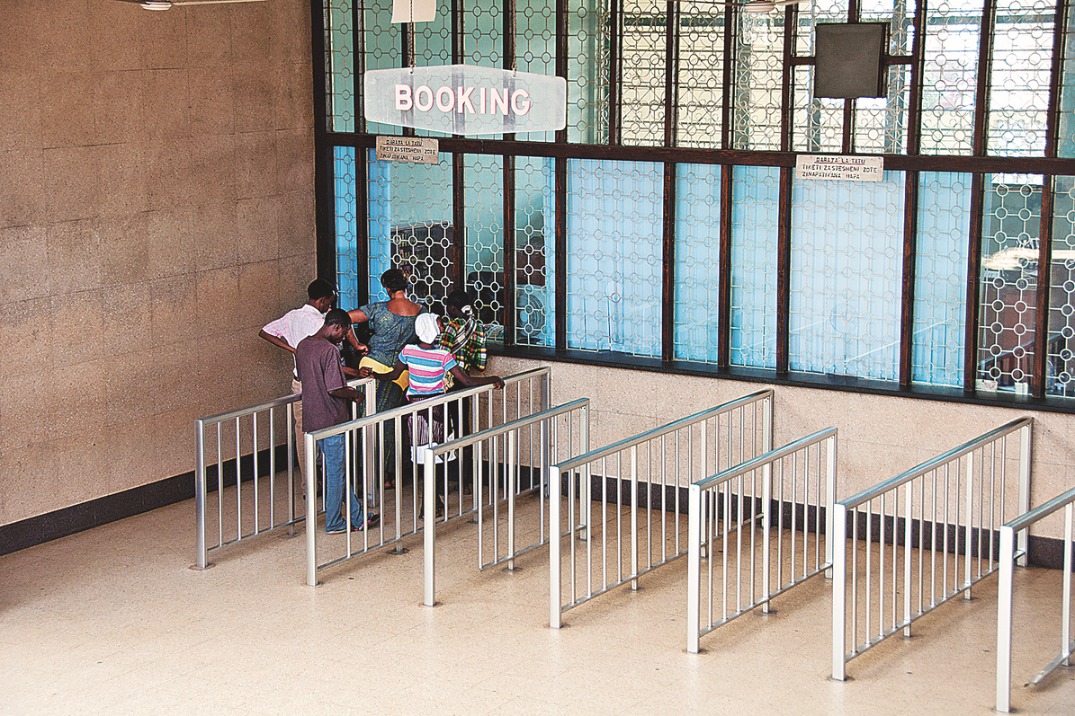Africa has potential to build world-class port sector

While Africa's efforts to modernize its port sector have yielded some spectacular results, with Port of Tanger Med in Morocco, Egypt's Port Said and Port of Djibouti emerging on the global scene, the continent has massive potential that the public and private decision-makers can leverage, to build a world-class port sector, according to a new report.
The report authored by the Africa CEO Forum, an international conference dedicated to Africa's private sector and Okan, an Africa focused strategy consulting and financial advisory firm, said despite immense progress, particularly in the area of containers, much remains to be done.
The report said modernization of port infrastructure assets is a fundamental component of Africa's transformation, competitiveness, industrialization and economic integration. Currently, more than 80 percent of the continent's trade passes through ports.
One of the main challenges facing the continent's ports according to the report, is how to invest "wisely" while avoiding "the delusions of grandeur" trap.
"Despite countries' stated ambitions in numerous national development strategies, not all of them will be able to serve as continental hubs. Instead of investing in expensive, major infrastructure projects, many countries would benefit from taking a more conservative, step-by-step investment approach and focusing on the bottlenecks that hinder their operations," it said.
The authors said "hub wars" are currently raging in Africa, leading to speculation that overcapacity may pose a considerable threat to the continent's container terminals.
There is therefore a need to end the vicious cycle of operational inefficiencies, noting that African ports often suffer from major operational inefficiencies, straining their competitiveness and crippling local communities and businesses with high logistics costs.
This is in addition to inadequate stakeholder coordination, poor turnaround management, burdensome administrative procedures, equipment theft and damage, as well as inappropriately used storage areas.
Instead of investing in hard assets, the report said the best way to reduce these costly inefficiencies is to review operating procedures and improve cooperation between port players.
This involves implementing incentive-based policies that encourage efficiency, turning to digitalization and raising awareness among employees and various stakeholders.
In an environment where budgetary resources are limited and technical expertise continues to be in short supply, the report said making use of a public-private partnership is an appealing solution for upgrading Africa's port infrastructure.
Noting that public-private partnerships are long-term agreements and involve genuinely strategic assets, the report recommends that African states must fully assume their sovereign role by conducting strict monitoring to ensure that risk is distributed fairly while safeguarding their sovereignty.
"Before launching into a PPP, states need to keep three particular objectives in mind: making their investments profitable, ensuring that the services provided by the operators are in line with the objectives stated in the contracts and making sure that the PPPs will effectively improve logistics competitiveness and guarantee equitable access to all users," the report said.
The report also recommends streamlining port-city interactions and improving connectivity with hinterlands.
To stimulate hinterlands and make full use of the driving role of ports, the report said multimodal connections should be improved and inland dry ports established to facilitate trade.
The report also recommends integration of industrial zones and modernization of the non-container segment to ensure the continent's full development.
To modernize Africa's port apparatus, the authors said integrated industrial port projects must be promoted. The Tanger Med complex, which powered the development of the automotive, aviation and textile sectors in northern Morocco, is a good example of such projects.

































